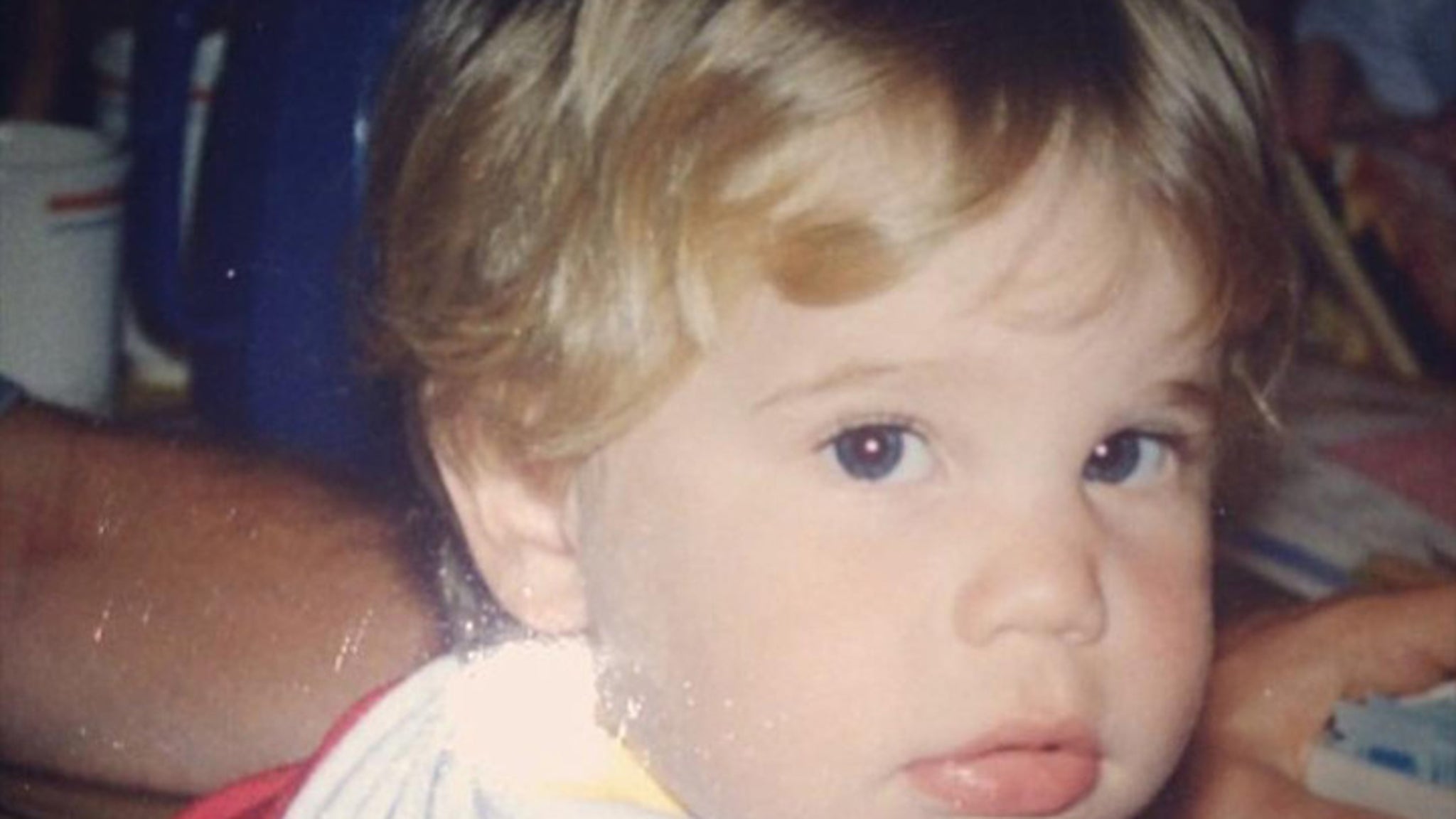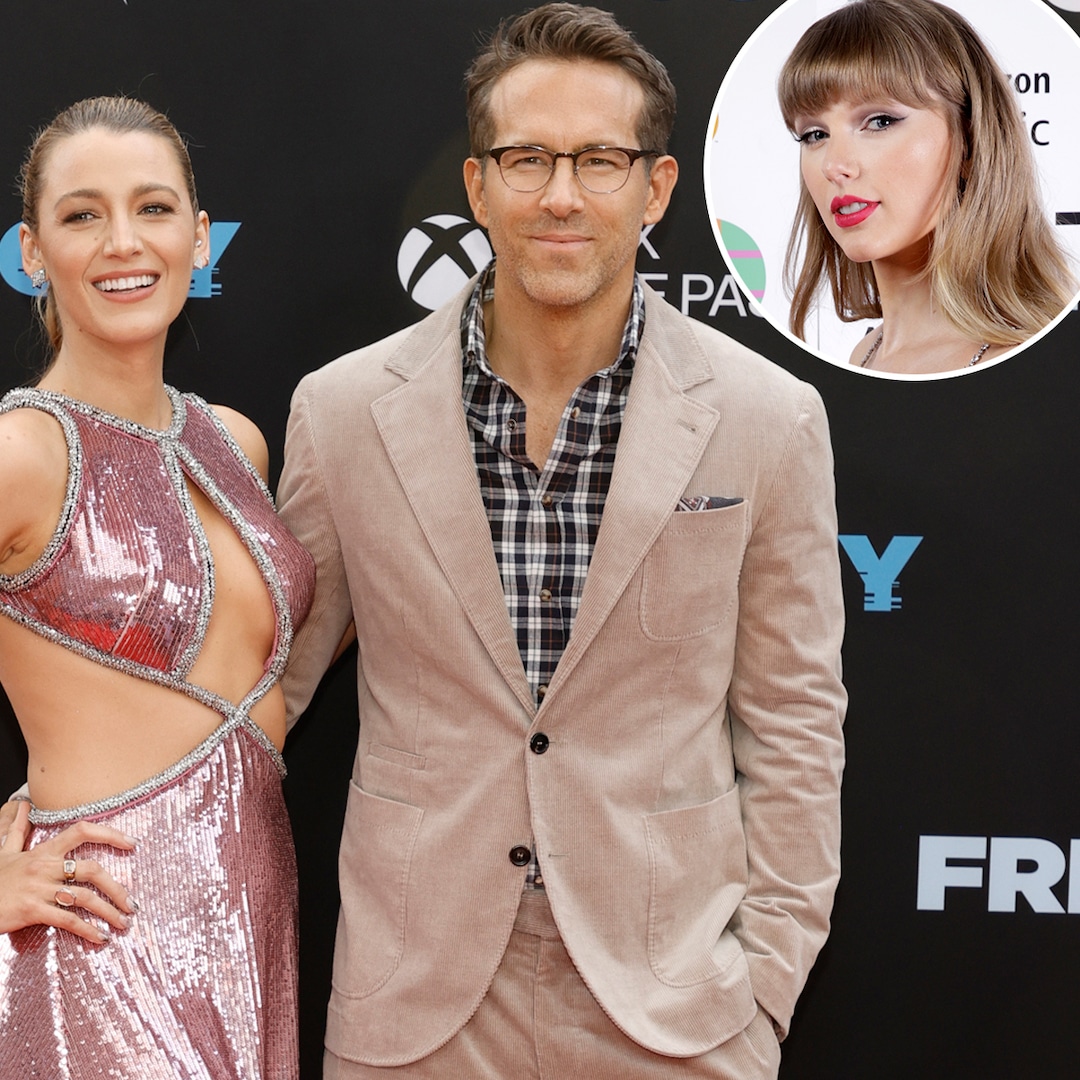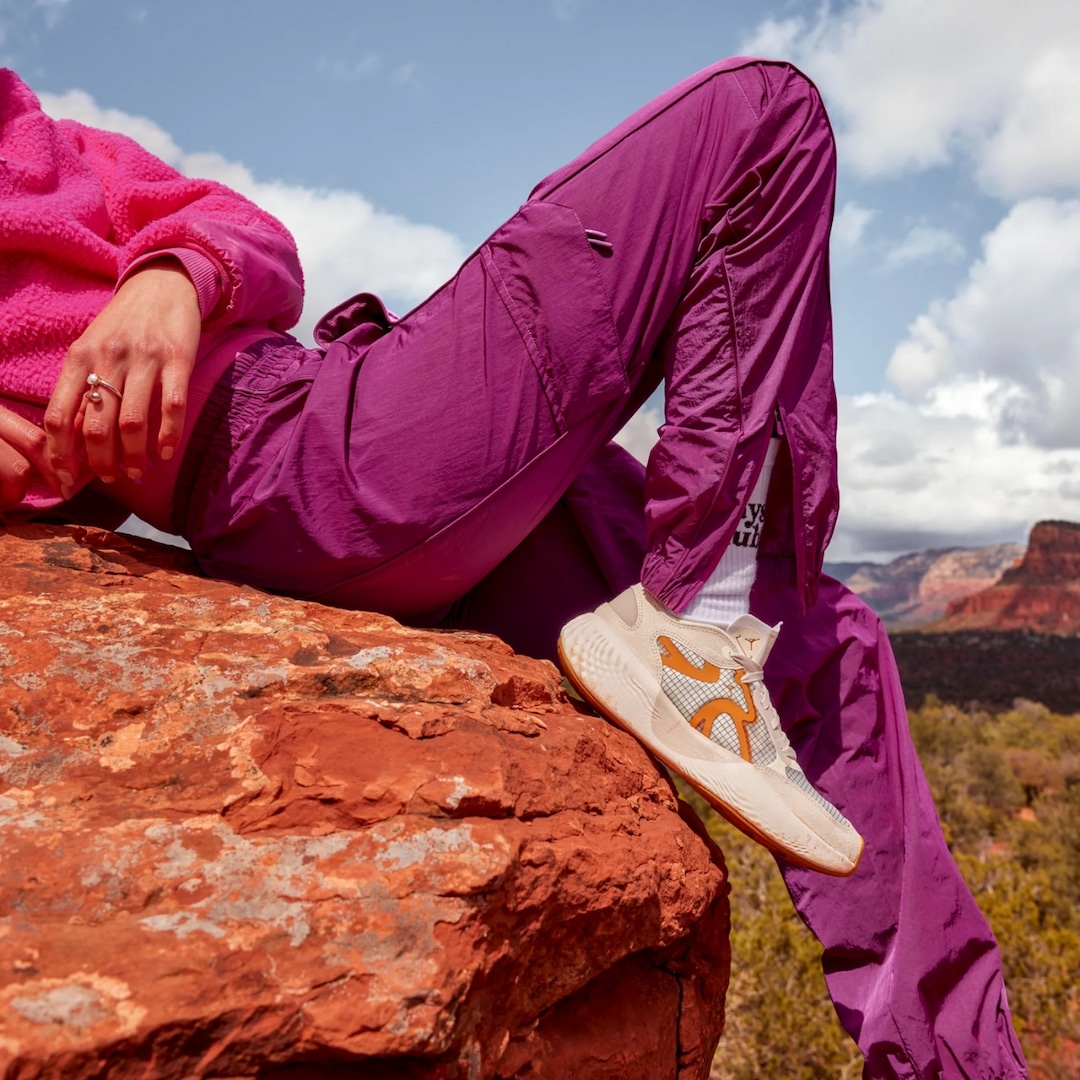Culture
At Tiffany’s Flagship, Luxe Art Helps Sell the Jewels

Now that tickets to the Museum of Modern Art are priced at an astonishing $30 apiece, you could be forgiven for timing your visits carefully, making sure that they count.
So, let’s say you find yourself in Midtown Manhattan with an hour or two to spare, and you are yearning for some culture. Perhaps you have already seen MoMA’s latest exhibitions, or perhaps you are not quite in the mood to fork over that kind of money. May I instead suggest stopping by Tiffany & Co.’s flagship store on Fifth Avenue?
No, there are no “Demoiselles d’Avignon” there, and no “Starry Night,” but what The Landmark (as it is called) does offer is a heady fusion of contemporary art and luxury retailing that is as relevant, and discomfiting, as anything you could hope to find in a museum.
After a renovation by the leather-clad architect Peter Marino that debuted last April, 58 pieces that he selected by major artists — many of them blue, or silver, or both — now fill the 84-year-old building. A color-shifting James Turrell oval is embedded in a wall near one set of elevator doors. Hanging by another is a shiny Damien Hirst cabinet filled with rows of cubic zirconia. Hovering next to the engagement rings is one of Anish Kapoor’s eye-bending mirrored discs. On the ground floor, 14 arched window frames glow with a state of the art animation by Oyoram Visual Composer, of the Manhattan skyline and Central Park — the city is immaculate, with no people, just birds.
And that giant-size, faux-deteriorated Venus of Arles with a Tiffany Blue patina? That comes from the mind of Daniel Arsham, who has devoted his career to such banal corporate collaborations. He has designed a limited-edition bracelet and sculpture for the brand, as well as, I quote, “exclusive Pokémon-inspired jewelry.”
The key work here is Jean-Michel Basquiat’s painting “Equals Pi,” from 1982, his milestone year. (MoMA, for the record, does not own a Basquiat painting.) It is high up on a wall on the ground floor, covered by a translucent shield, looking a little forlorn. It has Basquiat’s classic crowns and handwritten text, and its turquoise ground is awfully close to Tiffany’s trademarked color. When the Tiffany executive Alexandre Arnault used it in an ad campaign with Beyoncé and Jay-Z back in 2021, he proposed that the artist may have been making a “homage” to the brand. Some who actually knew Basquiat were quick to reject that.
But let’s not dwell on conflict. Just about everything in this 10-story palace is bright, polished, antiseptic and exactly where it should be. There are stunning flower arrangements, stacks of art books, and capacious public restrooms. The salespeople are unfailingly polite. “I’m just poking around,” I told one who asked to help. “Poke away,” he replied. The atmosphere is subtly disorienting, a bit unnerving, as in a casino or an elite art fair during its early hours. There is money at stake here.
Buyers sip sparkling wine or ice water as they try on jewelry. Two are being led to a private room, where pastel-colored macarons might await. Behind one discreet blue velvet rope is a hallway with paintings by Hans Hartung and Jules de Balincourt (blue and blue).
It is tempting to wring one’s hands about this instrumentalization of high art to sell high-end accessories, but many decades have passed since Mark Rothko canceled his commission for the lavish Four Seasons Restaurant, reportedly saying that “anybody who will eat that kind of food for those kind of prices will never look at a painting of mine.” Ideas about art’s purity, and the stigma of selling out, have less currency today.
In any case, Marino’s Tiffany project follows in a rich tradition. In the 1950s, Jasper Johns and Robert Rauschenberg collaborated on window displays for Bergdorf Goodman, across the intersection from Tiffany’s, and Bonwit Teller, a block south. They used a pseudonym, but Rauschenberg later had work on view at Bonwit Teller. (The pair also worked with Gene Moore at Tiffany; the designer’s displays are featured in exhibits at the Landmark.)
Andy Warhol showed in the Bonwit Teller windows, too, in 1963, just as he was becoming a star. The venturesome Robert Irwin produced a spectral sculpture for a California mall in 1970, and Takashi Murakami infamously incorporated a Louis Vuitton pop-up in his 2007—08 traveling museum retrospective. (Vuitton’s parent company, LVMH, which is controlled by France’s art-loving Arnault family, acquired Tiffany in 2021.)
The works at Tiffany are, alas, not for sale — they have been purchased, commissioned, or borrowed by the company — but there is a robust history of department stores hawking art. In the 1960s, the actor and art historian Vincent Price was involved with art sales at Sears, and in Minneapolis at that time, the Dayton’s department store (which created Target) had a gallery with material by leading artists, some via the famed New York dealer Leo Castelli.
In China, the developer Adrian Cheng has filled his K11 malls with trendy art, and in Seoul, where I lived until recently, a Frank Gehry-designed Vuitton store has hosted compact shows of Cindy Sherman, Alex Katz and Warhol from the Fondation Louis Vuitton’s holdings. (Marino handled the interiors.) Last year, the Shinsegae department store’s gallery, at a high-end clothing offshoot called Boon the Shop, had a Rirkrit Tiravanija show that included free T-shirts by the artist, just as his recent MoMA PS1 survey did.
In 1970, the Print Collector’s Newsletter quipped that “being a ‘department store gallery’ is a dubious distinction; it is not quite an insult, but surely not a compliment,” calling it a domain of “middlebrow art.” As it happens, much of the art at Tiffany is middling — the sort of adequate, professional things one could find in auction house day sales or uninspired booths at art fairs anywhere in the world. A brand this rich could have been far more ambitious and daring.
Anyway, for the next two months, you can take a closer look at Marino’s taste by booking a free ticket to “Culture of Creativity: An Exhibition from the Peter Marino Art Foundation,” which is on view in the Tiffany Gallery — an airy space high in the building that was designed by OMA’s Shohei Shigematsu, with excellent views of Billionaires’ Row. You will find almost 70 more pieces, including intricate, witty 19th-century Tiffany silver, bronze sheep (by François-Xavier Lalanne) atop artificial grass, serviceable pieces by artists represented elsewhere in the store (Francesco Clemente, Vik Muniz, Sarah Sze), and many portraits of Marino: emblazoned on a Michelangelo Pistoletto mirror, in Roe Ethridge photos, and painted atop broken dishes in a Julian Schnabel.
There is one very dark moment that surprised me in the Marino show: a large 1980 Sarah Charlesworth photo, an appropriated image of a man falling from a building. It curiously echoes two grand wall pieces that Rashid Johnson created for the store, as part of his “Falling Man” series. Johnson’s depictions of pixelated, upside-down (Tiffany Blue) men recall 8-bit videogame characters. They are surrounded by mirrored panels that have been scratched and partially cracked, as if smashed by a hammer.
These works are meant to be “existential investigations, meaning the idea of man falling through space, finding himself,” Johnson told an interviewer last year. Fair enough. But you could also see them as portraits of a culture intent on self-destruction (or outlines of bodies at a crime scene); spend time with them, and you may find that their hints of violence stick with you.
You will want to relax after this dizzying experience. The $30 you have saved will not go too far at the Blue Box Café by Daniel Boulud, on the sixth floor, where the “Breakfast at Tiffany’s” menu is $59 per person (before tax and tip), but you can at least enjoy a glass of Champagne as you reflect. Why not order a second, or a third? This moment will not last forever.
Tiffany & Co. — The Landmark, 727 Fifth Avenue, tiffany.com.
Art throughout the building is there indefinitely. “Culture of Creativity: An Exhibition from the Peter Marino Art Foundation” is on view in the Tiffany Gallery through May 20 and requires a free ticket: www.tiffany.com/stories/events/the-landmark-culture-of-creativity-exhibition.






















